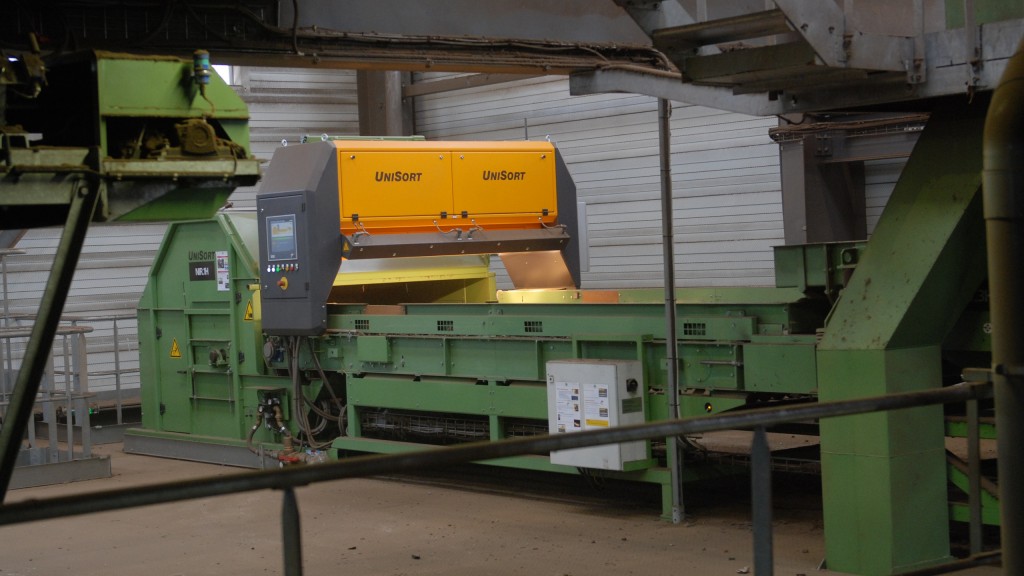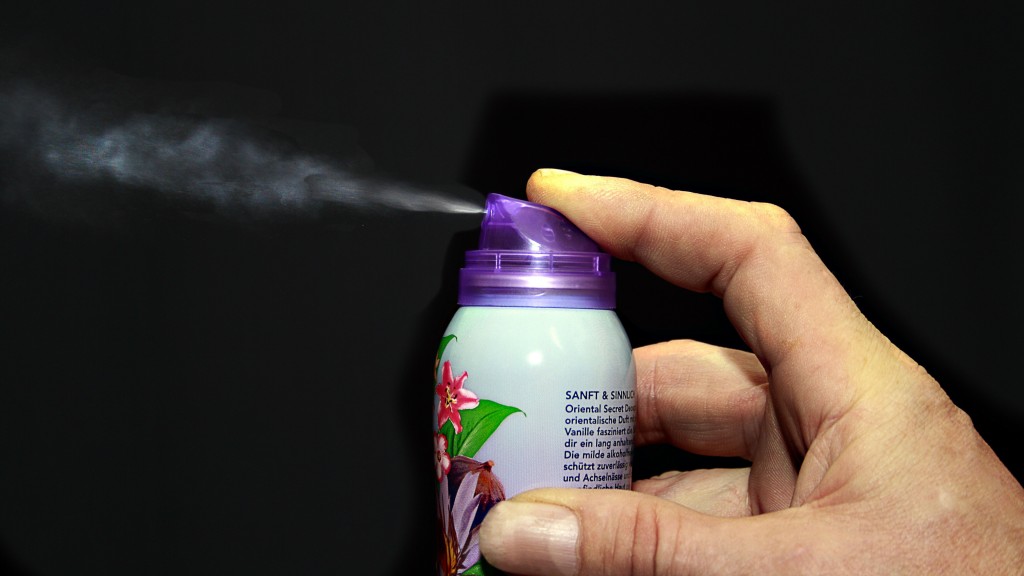Closing the gap in ASR recycling
Steinert's UniSort PR with hyper spectral imaging technology key to separating mixed materials from plastics

France’s second-largest recycling firm for scrap, GDE Recyclage (a subsidiary of the Amsterdam-based ECORE B.V.), has achieved the targets set by the EU directive on end-of-life vehicles (2000/53/EC), which was passed by the European Parliament and Council on 18 September, 2000. Among other things, the directive stipulates that materials and components amounting to at least 95% of the end of-life vehicles’ average weight must be reused or recycled or energetically recovered. To make this possible, Olivier Pitavy, Development Project Manager at ECORE B.V., leads a project that aims to recycle at least 85% of the ASR (Automobile Shredder Residues) with an additional 10% energy recovery.
A family-run enterprise with ambitious goals
More than 100 years ago, GDE Recyclage was founded in Normandy as a family-run enterprise. The company’s headquarters are still located in Rocquancourt in Normandy. The company produces several million tons of secondary raw materials per year. One of GDE Recyclage’s main tasks is the collection, shredding, and processing of end-of-life vehicles (ELVs). The company operates about 75 collection points throughout France as well as five shredder facilities and several post-shredder processing plants. In addi-tion to focusing on its ongoing business operations, GDE has worked hard to enhance its recycling techniques. In 2011 it invested in its new recycling campus in Rocquancourt. This was followed by a project which aimed to significantly boost recycling rates. Material that was previously thought unprocessable can now be reliably reclaimed, thus closing a major gap in the re-cycling process. As a result, Olivier Pitavy’s project is now a big step closer to overcoming the EU’s target of a 95% recovery rate. “The biggest challenge is to meet these targets while remaining profitable,” adds Pitavy. “Some companies are failing to achieve the targets. For a company like ours that processes large amounts of material, it’s crucial to buy the right equipment so that it can profitably sell the processed secondary raw materials.”
How to close the gap in processing
The input material (Shredder Residues) consists of a mix of plastics as well as of different types of wood, rubber, foam rubber and textiles. One of the key processing steps for achieving the 95% target involves the separation of wet wood, foam rubber and textiles from the plastic. “The most difficult stage in the development process was to find a way to extract plastics from a stream of very diverse materials,” says Pitavy. “We want to show that we can achieve the 95% target.” To achieve this goal, it is absolutely essential that the wood be separated from the plastic at the various stages of processing, because wood is an impurity that prevents plastic from attaining a marketable level of quality.
Prior to this sorting process, the material enters a sink-float facility, where the process-related characteristics of wood (dark and very damp) pose a major challenge. Because plastics and wood have the same density, they cannot be separated by means of conventional sink-float methods. “We found a gap here that we had to close,” says Pitavy. “We had to find a way to extract the wood from the material stream after it becomes damp during the sink-float process. With the help of STEINERT, we became aware of a sorting technology that separates plastics from wood.”
The system, the UniSort PR with hyper spectral imaging (HSI) technology, is an NIR sorting facility that uses cutting-edge NIR camera technology. This system combines very high spatial and spectral resolutions. Because it records the complete spectral region for every spatial point and utilizes fast, mature spectrometric algorithms, the equipment can solve even complex sorting tasks. The high spectral resolution ensures that NIR can detect impurities, in particular wet wood, despite the overlaying bands of water, so that such materials can be sorted out. “Our UniSort PR sorter with its unique performance based on hyper spectral imaging (HSI) technology closes the gap efficiently,” says Karl Hoffmann, Business Development Manager at STEI-NERT.
A total of four UniSort PR systems ensure that the required level of input quality is achieved at various stages of processing so that the materials can be processed further. “We were relieved when we saw that STEINERT’s NIR technology detects even the dark wood,” says Olivier Pitavy looking back. GDE sells the separated plastics to plastics processors, who channel the material back to the automotive industry. This closes the circle. With regard to the future, Pitavy points out that “New vehicles contain more and more plastic - that’s why demand will continue to rise.”
Development requires partnerships
“STEINERT is one of our most important partners in the development process," says Pitavy. "The development work is performed in a partnership between the sup-pliers and the recycling industry. When combined with knowledge sharing and trust, partnerships are the key to success. The partnership between GDE and STEINERT began more than ten years ago with the de-livery of a magnetic separation system and still continues with the supply of technologies that use high-end sensors. Looking back on his ten years in the recycling industry to date, Pitavy declares that the requirements are continuously changing and growing. The machines that are available on the market are changing at a breathtaking pace. That’s why Pitavy always has his sights set on new technologies. In this field, having a good basis of trust with the equipment manufacturer is just as important as a good after-sales service and the delivery of high-quality systems. “The equipment has to be adjusted whenever sorting tasks and conditions change, and for this we require service and support from the manufacturer. I consider this a key factor.”
Before GDE decided to purchase a UniSort PR, the system was tested at the STEINERT Test Centre in Cologne, Germany, with real material and under realistic process conditions. It required a lengthy process to find out how the gap in the processing chain could be closed so that wet wood, in particular, could be sorted out. Without this step, it would have been impossible to achieve a 95% recovery rate for ELVs. However, this doesn’t mean that the conditions during production operations at the customer’s plant are completely identical to those used in the tests at the Cologne technical centre. “That’s why we worked together with the customer during the entire development and commissioning process. We went to the plant to find an optimal solution and supported the customer until the system was running smoothly,” reports Karl Hoffmann. The users also emphasize the teamwork between the equipment manufacturer and GDE. “I would never buy a machine whose technology I can’t understand — I wouldn’t even do so if it came with good performance guaranties,” says Pitavy. “Because the environmental and market demands change rapidly, the technology has to be able to respond just as swiftly. Moreover, I need reliable machines in order to get a fast ROI. STEINERT machines are robust, tough and reliable.”
Overview of technical data: UniSort PR
Steinert's history stretches back over 126 years. Established in 1889 in Cologne, this family-owned company is now one of the world leaders in the field of magnetic and sensor-based sorting. It operates in the disposal and recycling industry as well as in the mining sector. Steinert has 300 employees and generates an annual turnover of around €100 million. In addition to 50 sales partnerships and joint ventures worldwide, Steinert has subsidiaries of its own in Australia, Brazil, Japan, the USA, Germany and South Africa.



